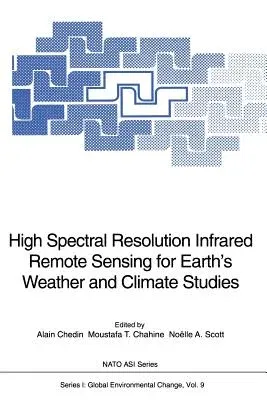High Spectral Resolution Infrared Remote Sensing for Earth's Weather and Climate Studies (Softcover Reprint of the Original 1st 1993)Paperback - Softcover Reprint of the Original 1st 1993, 7 January 2012

Qty
1
Turbo
Ships in 2 - 3 days
In Stock
Free Delivery
Cash on Delivery
15 Days
Free Returns
Secure Checkout
Part of Series
NATO Asi Subseries I:
Part of Series
NATO Asi Subseries I: (Closed)
Print Length
492 pages
Language
English
Publisher
Springer
Date Published
7 Jan 2012
ISBN-10
3642846017
ISBN-13
9783642846014
Description
Product Details
Book Edition:
Softcover Reprint of the Original 1st 1993
Book Format:
Paperback
Country of Origin:
NL
Date Published:
7 January 2012
Dimensions:
23.39 x
15.6 x
2.62 cm
ISBN-10:
3642846017
ISBN-13:
9783642846014
Language:
English
Location:
Berlin, Heidelberg
Pages:
492
Publisher:
Weight:
707.6 gm

